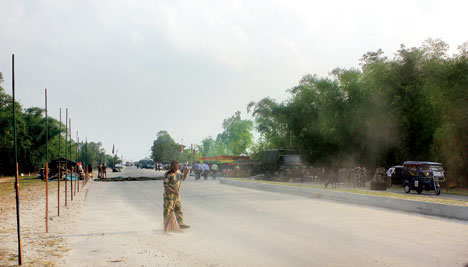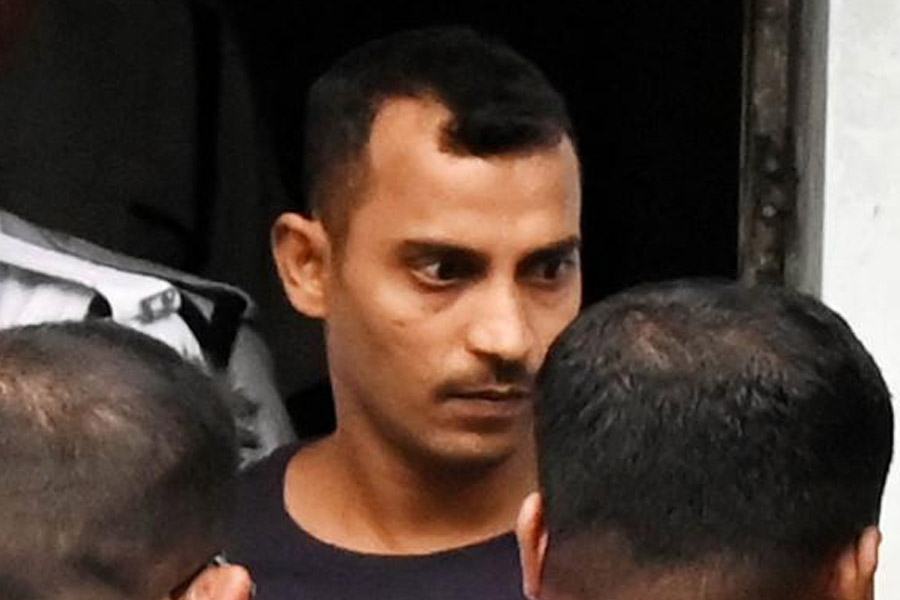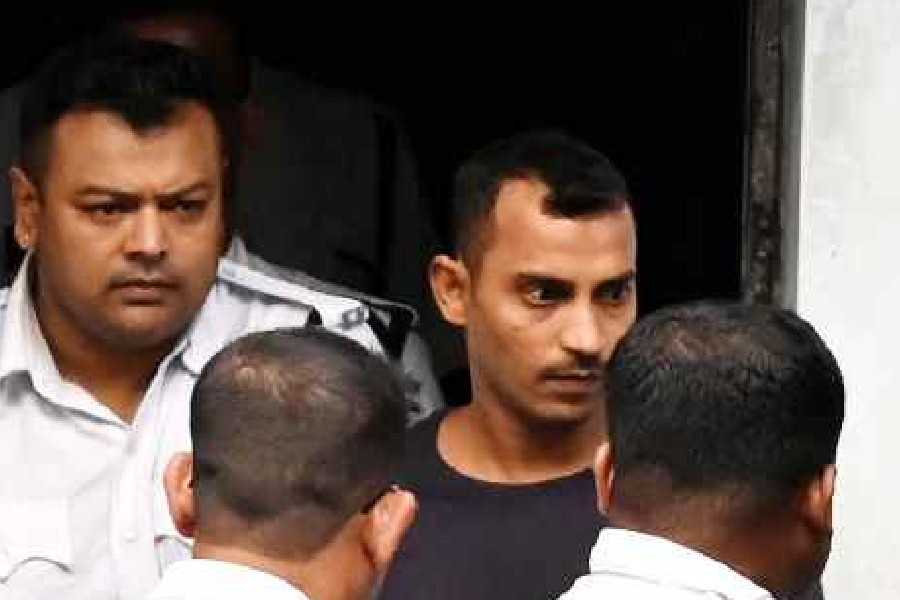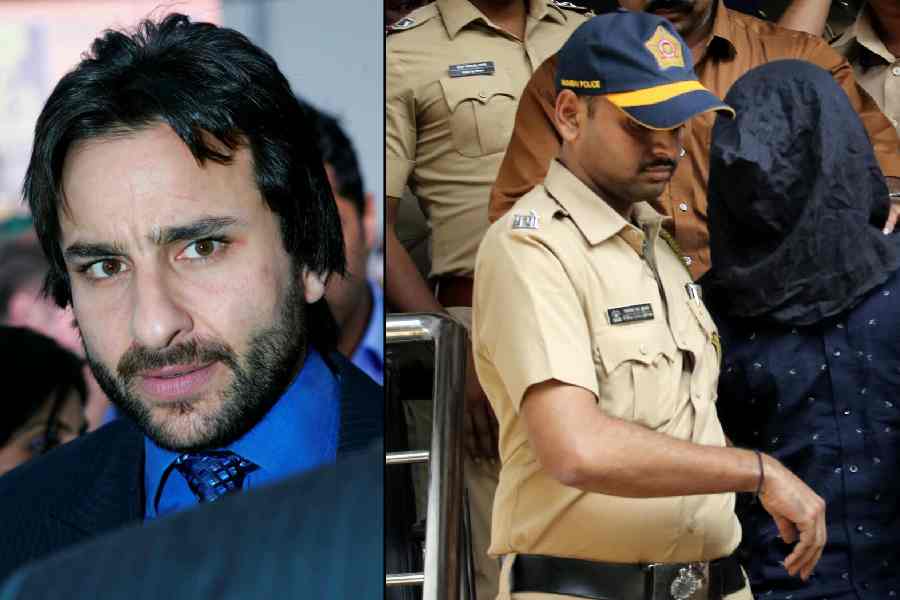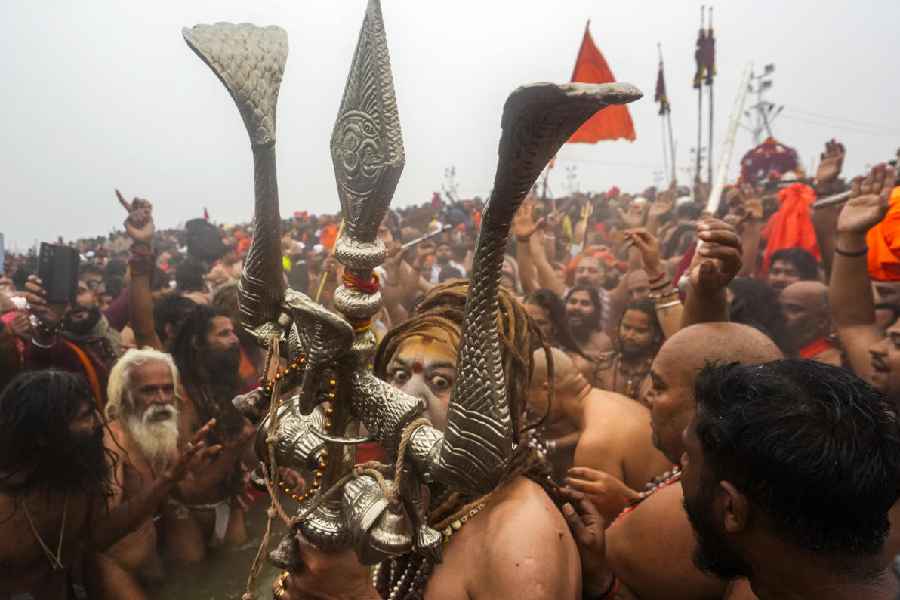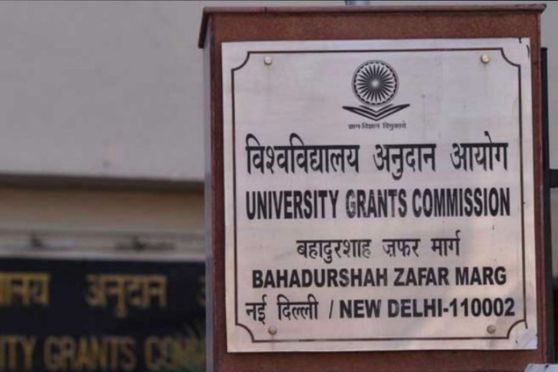The promise to seal the entire Indo-Bangladesh border is not a new agenda for the Centre and the Assam government. The Centre had fixed a deadline for completing the sealing of the border with Bangladesh on numerous occasions. In 2016, Susheel Kumar, secretary of border management under the Union ministry of home affairs, had said that the barbed wire border fencing along the Indo-Bangladesh border would be finished by 2017. But it could not be completed on time. The chief minister of Assam also announced the complete sealing of the border by December 2018. Now, with the installation of new surveillance devices and physical barriers, the government is determined to keep away illegal immigrants and anti-India elements.
Crores have been spent to strengthen the border securitization process. Since fencing work began in the 1980s, it has even gone through a restructuring process with the composite barbed wire border replacing the single wire border in a phased manner. However, the sad part is that the government has failed to address the issues faced by the Indian families that are trapped outside the border fencing at different locations of the Indo-Bangladesh border.
To understand the plight of these families, one must revisit the Land Boundary Agreement of 1974 between India and Bangladesh. The LBA states that both India and Bangladesh agree that neither of the countries would create any defensive structures within 150 yards from the actual line of the boundary drawn by Cyril Radcliffe, the chairman of the Bengal Boundary Commission, which defines the territorial limits of both nations. Historically, people have resided in these areas. A sudden demarcation of the border turned neighbours into citizens of different countries — India and Pakistan. Later, after the war of 1971, Bangladesh was born out of East Pakistan. It is said that the Radcliffe line cut through villages, markets, rivers, agricultural land and even houses. Recently, after the border was fenced following the guideline of honouring the principle of not erecting structures within 150 yards, Indian families living close to the border have fallen outside the fence.
Barak valley in Assam consists of the three districts of Cachar, Karimganj and Hailakandi. Out of these three districts, Cachar and Karimganj share the international border with Bangladesh. The border securitization process has adversely affected the livelihood of the families living beyond the border fencing. Their movements through the border gate are restricted on account of security considerations. These poor families are practically pushed out of the country’s security net every night. They have been deprived of the rights enjoyed by other citizens.
This holds true not just for the Barak valley region. The situation is almost similar in other border-sharing states. It had been estimated that initially the border-road-cum-fencing project had affected approximately 90,000 people. According to some estimates, 200 families are still living outside the border fencing in the Barak valley. They are awaiting government initiatives — either rehabilitation or monetary compensation — to address their problems.
It appears that the absence of a bottom-up approach and discouragement for people’s participation in decision-making processes could be cited to explain the failure of the attempts by the government to address the problems confronting these families. It remains to be seen whether the state and the Centre are willing to look into the matter without perceiving it as a political question so that they can resolve the issue, once and for all.


